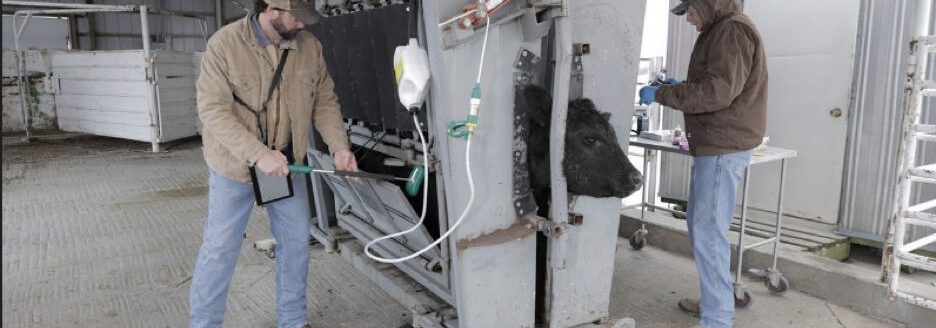Organic Valley to pioneer use of satellite technology to improve pasture grazing
Regenerative farming system leader taps new technology to improve cow nutrition, sequester carbon in the soil
Organic Valley is launching a pilot program that uses satellite photography to measure pasture health on its dairy farms, providing its farmers with nearly real-time feedback every week to support dairy herd nutrition, protect and improve their pastures, and benefit the environment.
Organic Valley farmers divide their perennial pastures into smaller sections called paddocks, and move their herds frequently between them based on the maturity and quality of forage available. This frequent movement is known as “intensive rotational grazing,” and is a key practice within regenerative farming systems.
Organic Valley is the nation’s largest organic, farmer-owned cooperative and one of the world’s largest organic consumer brands. Nationwide, Organic Valley farmers manage more than 189,000 acres of pastureland.
“Rotational grazing requires farmers to measure the forage in each paddock on a regular basis, a manual and time-intensive practice,” said Wade Miller, Organic Valley senior director of farm resources. “Satellite photos measure the forage in each paddock remotely, greatly easing the farmer’s labor and time burden. Based on university trials, we expect our farmers will be able to capture at least a 20% increase in pasture utilization through the use of this technology.”
As an innovator in regenerative farming practices, Organic Valley cows spend more time grazing outside than 95% of the dairy cows in the United States. Benefits of this practice include:
Improved pasture and soil health, greater biodiversity, improved water quality, and resource conservation.
Pastures that pull carbon out of the air and store it in the soil and plant biomass, helping counteract climate change.
Happier, healthier cows that spend their days with other cattle, outside in the fresh air.
“Through this pilot program, we will test the technology on a cross-section of farms nationwide in 2021, and will make it available to all Organic Valley farms in 2022,” Miller added.

